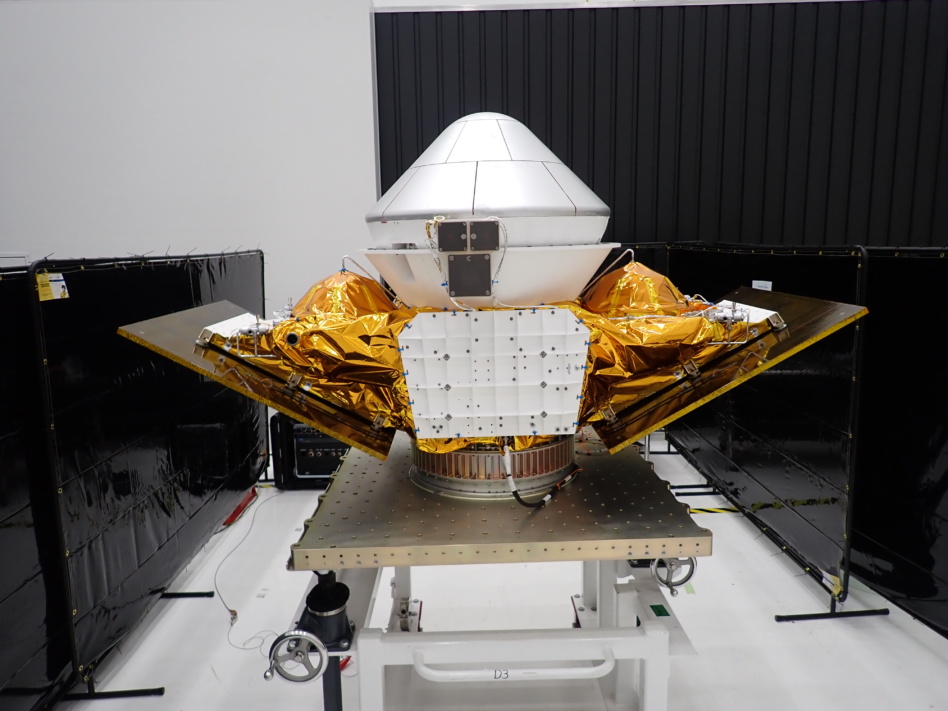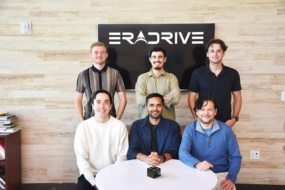Varda’s fifth reentry mission—the first in which the company will manage two spacecraft in orbit at the same time—is set to blast off aboard SpaceX’s Transporter-15 rideshare, joining the company’s W-4 spacecraft already in orbit.
It’s part of an effort to increase the cadence of its reentry missions to meet booming demand, and Varda expects to begin launching two spacecraft simultaneously starting next year.
Dueling spacecraft: The company has big dreams of launching spacecraft multiple times per week, according to Delian Asparouhov, Varda’s president and cofounder. But to get there, Varda needs to ensure that its workforce of ~175 people can handle producing and preparing one spacecraft to fly, while operating another in orbit, and processing returned payloads back on Earth.
Asparouhov told Payload that Varda’s cadence targets will require automation, allowing fewer employees managing a larger fleet of spacecraft. The company has entered a critical phase to tackle these process improvements, as Varda expects to hit monthly launch cadence in under two years.
Demanding: Varda is booking flights for customers well into 2027, Asparouhov told Payload. The demand is strong not only because Varda has demonstrated a reliable reentry service, but also because companies are beginning to look for alternatives to the ISS ahead of its decommissioning next year, according to Asparouhov.
Last week, Varda announced a deal with United Semiconductor, which had previously worked with the ISS National Lab to demo semiconductor manufacturing in space.
“Space stations are a great place to do early on basic research. But as you’re looking to scale, you need to start to think about moving to [an] autonomous platform. Autonomous platforms that just allow for much higher cadence and much lower cost,” Asparouhov said.
Drug deal: Varda’s customers, however, have to split time with Varda’s pharmaceutical reactor, which flies its own missions, much like how SpaceX has dedicated Starlink flights. Varda’s still testing different drug formulations, but the focus is on finding ones that can benefit from the unique conditions of microgravity.
“At a high level, the types of drugs that we like to work on are things where the formulation administration can have a huge impact on the patient experience,” Asparouhov said. “We look at these things where it’s clear, great clinical outcome, but there’s limitations on how that drug is delivered to patients that prevent it from being commercialized.”
One example: taking drugs that need to be administered by hours-long intravenous drips, and allowing them to be taken via syringe. Asparouhov expects that they’ll have drugs in patients hands before the end of the decade.




